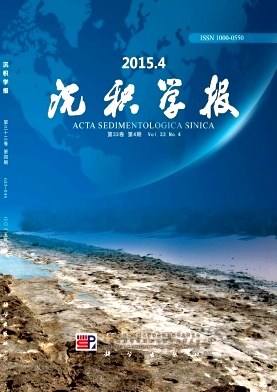Evolution and Reservoir Prediction of Yinggehai Formation in western Central Canyon in Qiongdongnan Basin
doi: 10.14027/j.cnki.cjxb.2015.04.019
- Received Date: 2014-07-15
- Rev Recd Date: 2014-10-28
- Publish Date: 2015-08-10
-
Key words:
- Central Canyon /
- Yinggehai Formation /
- sedimentary evolution /
- depositional sets /
- Qiongdongnan Basin
Abstract: The west segment of Central Canyon in Qiongdongnan Basin, which wanders from Ledong, Lingshui depression to Songnan low uplift, received over 700 m of gravity flow deposits in the early stage. Mainly based on 2 wells and 2 blocks of 3D seismic data, this paper studied the sedimentary architectures and evolution stages of Yinggehai Formation in the canyon. The canyon infill were divided into 5 depositional sets (DS) vertically according to seismic wave group and seismic-well tie; 4 significant depositional types were recognized by analyzing reflection features, seismic slice and attribute analysis: channel complex (CC), channel-levee(C-L), sheet-like turbidity sand(STS) and mass transport deposits (MTDs). DS1 was primarily CC, DS2 and DS3 were mainly C-L, DS4 consisted of both MTDs and C-L while DS5 was mostly MTDs and STS. During early stages (DS1~DS3), the canyon was dominated by axial sand-rich turbidity currents, while in later stages (DS4~DS5), the canyon was gradually controlled by mass transport deposits from northern slope and rich in mud. Turbidite deposits are ideal reservoir which lays in the lower parts of the canyon, together with the upper MTDs can form perfect reservoir-seal assemblage, thus shows great potential for hydrocarbon exploration.
| Citation: | HUANG Wei, XIE XiNong, HE YunLong, WU JingFu, ZHAO ZhiGang, WANG XiJie. Evolution and Reservoir Prediction of Yinggehai Formation in western Central Canyon in Qiongdongnan Basin[J]. Acta Sedimentologica Sinica, 2015, 33(4): 809-816. doi: 10.14027/j.cnki.cjxb.2015.04.019 |






 DownLoad:
DownLoad: